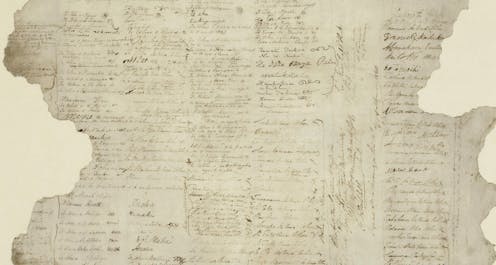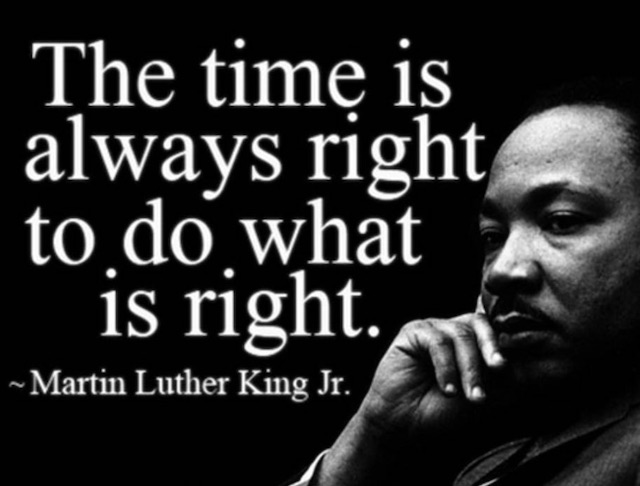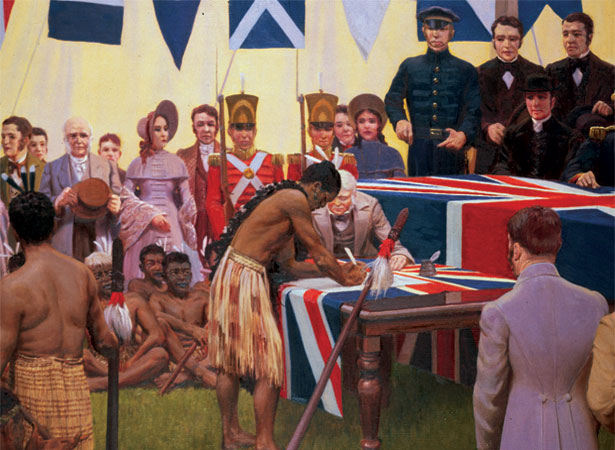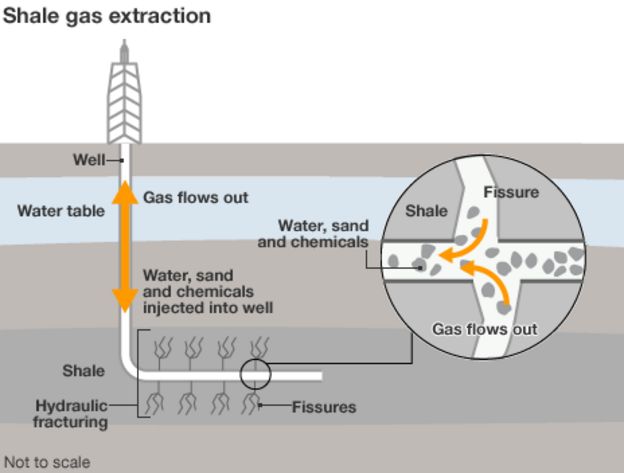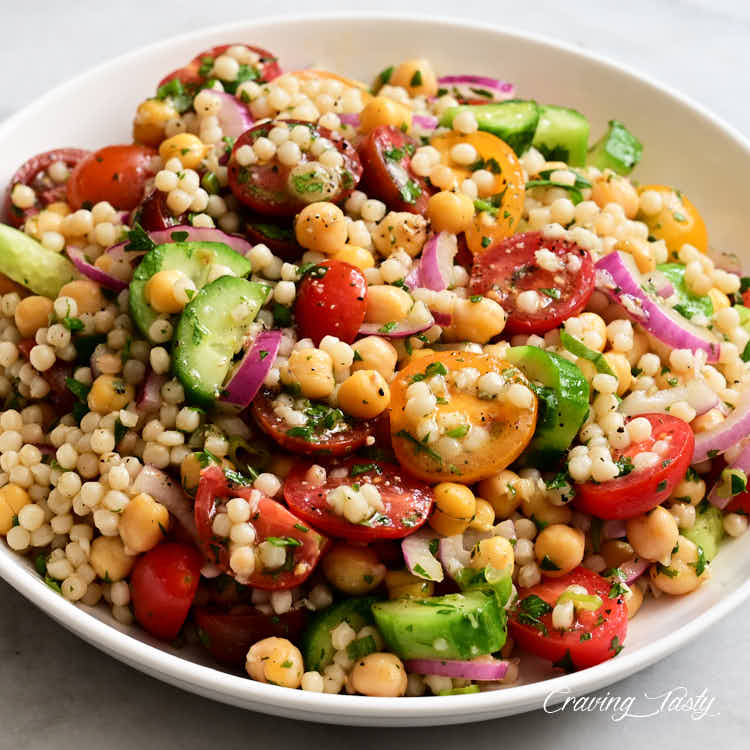3 Things that went well?
One thing that went well was the business plan. Everything was organised and we had planned how we were going to do things. This was very helpful on the day. Secondly, the advertisements. All the advertisements we put up at school or either shared online were very eye-catching. This helped draw our customers in. Lastly, the market day itself it was very successful and we ended up with over 150 dollars.
3 things that did not go well?
One thing that did not go well was the doughnut maker. It didn't rise and the shape was flat. However, we were able to resolve this issue. Another thing that did not go well was the chocolate fountain this was because we used thin chocolate sauce instead of a thick sauce. Lastly, we were not able to sell out this lead our group to give it out for free. Even after these incidents, we are still proud of what we have produced.
3 things you would change if done again?
Something I would change would be buying fewer toppings because people prefered the original doughnut or churro by themselves. Another would be raising the prices because many bundles were very popular. Lastly, would be wearing chef hats to look even more presentable.

